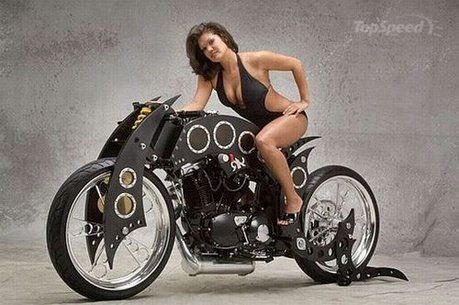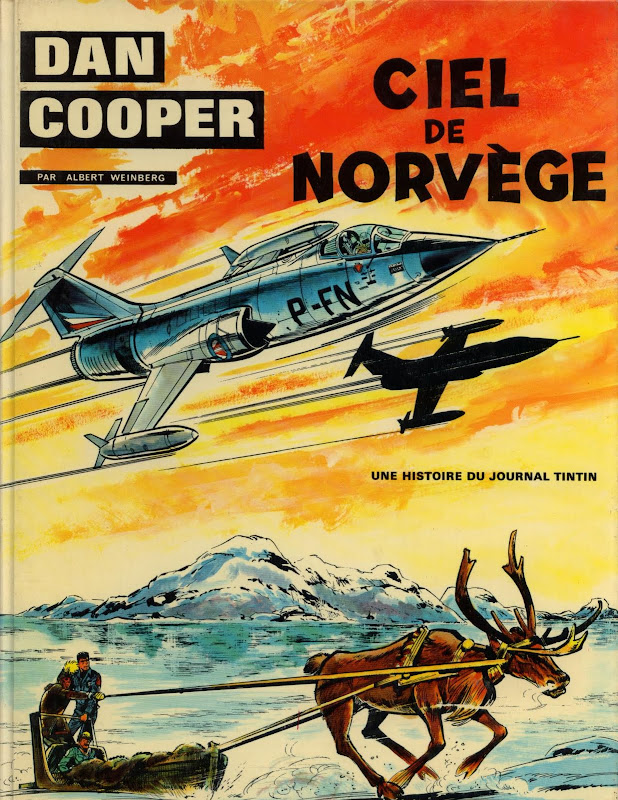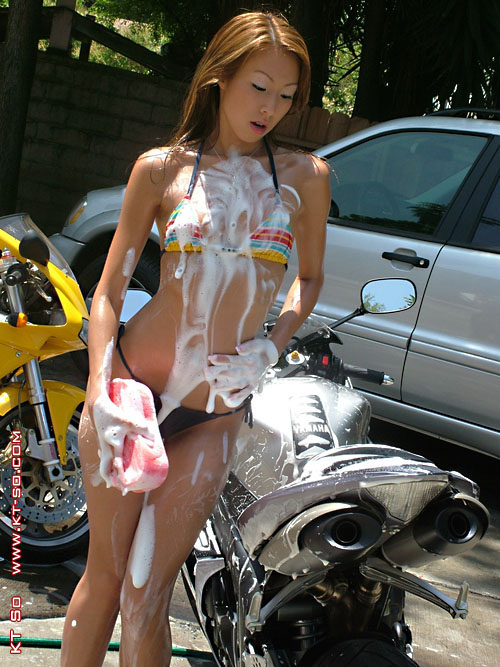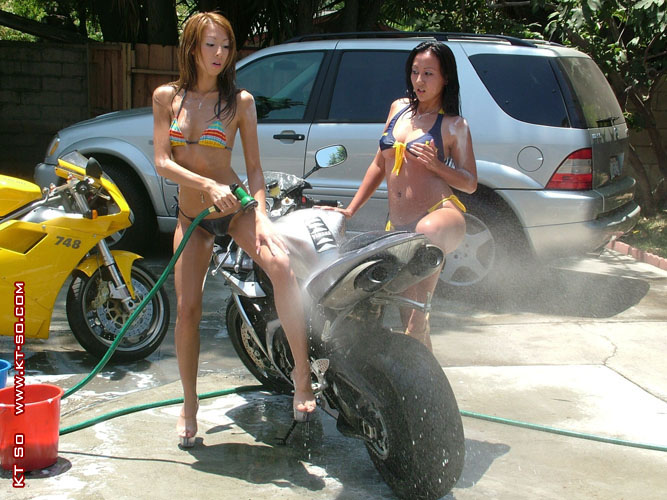.
Riverside International Raceway (Sometimes known as RIR or Riverside Raceway) was a race track or road course in Riverside, California. The track was in operation from September 22, 1957, to July 2, 1989. The original course design proved to be dangerous, and it was partially reconfigured in 1969.
The track was built to accommodate several different races. By closing off certain sections of the track, the route drivers had to follow could be altered. The three options on Riverside Raceway were the long course (3.27 miles (5.26 km)), the short course (2.5 miles (4.0 km)), and the NASCAR (2.62 miles (4.22 km)) course. The original racetrack had a 1.1-mile (1.8 km) backstretch from 1957 to 1968. When the track was redesigned in 1969, turn 9 was made wide and a dogleg was added to scrub speed from the race cars.
Before a racing event at RIR, track crews added traffic pylons to close off sections of the track. Track courses are shown in the illustrations below (the 1957 course is in black, while the 1969 course above is in blue).

Diagram notes: The long course (shown below before the 1969 version) had the 1.1-mile (1.8 km) backstrech. When the 1969 version was built, the dogleg was added as a speed scrubber to reduce speeds when approaching turn 9. The NASCAR course, 1st design on the right (light blue illustration), would not use turn 7. In the short course, the track would use turn 7A rather than 8. The NHRA drag strip only used the backstrech from the runoff to the Bosch Bridge. The Oval (early '60s) used turn 9, ran counterclockwise, uphill for turn 1&2 and then there was a downhill turn for 3&4.

The first weekend of scheduled races in September 1957, a California Sports Car Club event, John Lawrence of Pasadena, California, lost his life. Lawrence, a former Cal Club, under 1500 c.c. Production champion, went off at Turn 5 (later designated Turn 8). With no crash barrier in place, and no rollbar on the car, the MG A he was driving went up the sand embankment, then rolled back onto the track. Though Lawrence survived the incident, and appeared slightly injured; he died later at the hospital of a brain injury.

Norm Palmer 1978 Riverside Raceway January Race.
The second major event at the track, in November 1957, was a sports car race featuring some of the top drivers of the day, including Carroll Shelby, Masten Gregory and Ken Miles. Another driver entered was an inexperienced local youngster named Dan Gurney, who had been offered the opportunity to drive a powerful but ill-handling 4.9-liter Ferrari after better known drivers like Shelby and Miles had rejected it. Shelby led early but spun and fell back. Gurney assumed the lead and led for much of the event. Shelby, driving furiously to catch up, finally overtook Gurney late in the race and won. Gurney's performance caught the eye of North American Ferrari importer Luigi Chinetti, who arranged for Gurney to drive a factory-supported Ferrari at LeMans in 1958, effectively launching the Californian's European career.

Footage exists of classic races like the 1986 Los Angeles Times Grand Prix in which the Chevy Corvette of Doc Bundy, attempting a three-wide pass, hit the Ford Probe of Lyn St. James and the Jaguar of Chip Robinson at Turn 1. St. James' car caught fire and Chip Robinson nearly cartwheeled into the crowd. Fortunately, St. James survived the flames and Robinson escaped uninjured within the track bounds.

The track was known as a relatively dangerous course, with its long, downhill back straightaway and brake-destroying, relatively slow 180-degree Turn 9 at the end. During the 1965 Motor Trend 500 NASCAR race, Indycar great A.J. Foyt suffered a brake failure at the end of the straight, going end-over-end at high speed. Crash crews assumed Foyt was dead at the scene, until fellow driver Parnelli Jones noticed a twitch of movement. Ford factory sports car driver Ken Miles was killed there in a testing accident in August 1966 when his Ford GT-prototype (known as the J-car) became aerodynamically unstable and flew out of control at the end of the back straight. In December 1968, American Formula 5000 champion Dr. Lou Sell crashed and overturned in Turn 9 on the first lap of the Rex Mays 300 Indianapolis-style race, suffering near-fatal burns. These accidents and others caused track management to reconfigure Turn 9, giving the turn a dogleg approach and a much wider radius (a water improvement also closed the raceway for a few months).

In January 1964, Riverside also claimed the life of 1962-'63 NASCAR champion Joe Weatherly, who refused to wear a shoulder harness and wore his lap belt loosely. Weatherly died when he lost control entering Turn 6, hitting the steel barrier almost broadside and had his head snapped out the window against the barrier. http://www.youtube.com/watch?v=Oq9-Yi1CHIQ For a final tribute, the old version of Riverside Raceway (1957-1968) was etched on his headstone as a final joke since Joe was a comedian.
Nevertheless, in 1983 Turn 9 was the site of the only fatality in IMSA GTP history. In the 1983 Times Grand Prix, Rolf Stommelen's Joest-constructed Porsche 935 lost its rear wing at the Dogleg and hit two freeway-type barriers sending it into a horrific roll at Turn 9.
When the racetrack was proposed in the mid 1950s, Riverside International Motor Raceway (as it was called at the time) was planned to ultimately be 5.0 miles (8.0 km) long, but the club extension was never constructed and the track's final length (after Turn 9 was adjusted in 1969 to a 10 degree banked sweeper) was 3.3 miles (5.3 km).

Of the entire road course races run at RIR, there was at least one that was run in a counter-clockwise direction sometime in the 1960s. In the spring of 1966 Dan Gurney tested his first Eagle racing car on a shortened, counter-clockwise version of the track (to accommodate the car's Indianapolis-specific left-turn oiling system). The test led Gurney to propose to track president Les Richter to hold an Indianapolis-style race there. The Rex Mays 300 served as the season-ending USAC Indianapolis-car race from 1967 to 1969.

ESPN taped the June 12, 1988, Budweiser 400 race at RIR and caught racer Ruben Garcia crashing hard off turn 9 and his car went through two cement barriers before coming to rest near a catchfence where fans were sitting. No fans were hurt during the incident.
After 14 years of NASCAR as a driver and later a car owner, Richard Childress won his first NASCAR race in 1983, when Ricky Rudd drove his #3 Piedmont Airlines Chevrolet to victory in the 1983 Budweiser 400k.
From 1981 until 1987, NASCAR's championship race was at Riverside. The USAC Championship Trail also held their season ending race from 1967 to 1969.
Riverside was home to track announcer Sandy Reed and (along with former LA Rams player Les Richter) Roy Hord Jr.

NASCAR Car owner Rick Hendrick drove a select few races at Riverside in his own cars. In the final race in 1988, he got out of the car and let Elliott Forbes-Robinson take over.
Riverside's Winston Western 500 was the opener to the NASCAR Winston Cup season until 1981, when NASCAR moved the start of the season to February and changed the starting race to the Daytona 500. That same race was moved to the end of the year and became the season finale for the Cup Series, a distinction it held until 1986.
One of the roads alongside the Moreno Mall is called Andretti Road, a reference to Mario Andretti, who won multiple races at Riverside.
.































































